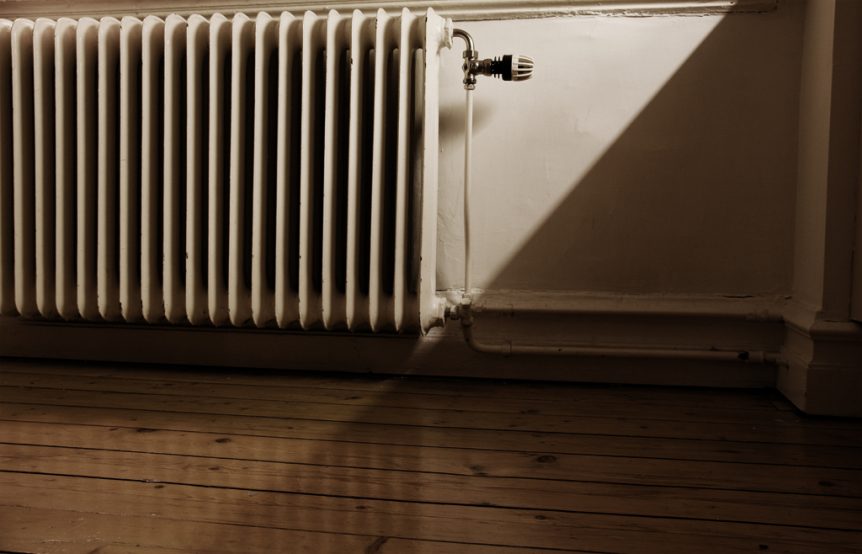Image by Marcus B via Flickr
Whether you are building a new home or just want a newer model radiator, there are a few things you need to consider to ensure you pick the right one.
- The heat output
Depending on the type of room you want the radiator for, the size, and the level of insulation, the amount of heat you need is going to impact the size, style, and finish of your radiator.
- The style
Radiators fall into a few main categories:
- Energy efficient – With the rise in energy prices, finding ways to heat your home cheaply is a key consideration when choosing a radiator. Today, there is a wide variety of low energy designs on the market that are also space saving.
- Traditional/classic – It has become more and more necessary to generate heat from smaller areas of the home. These radiators are usually steel or cast iron but you can also choose incredible curved radiators from Radiator Curving.
- The finish – usually available in stainless steel, chrome, colours, white, or bespoke
- The heating systems
- Open circuit heating systems usually use mains water or water from a borehole or spring so as to treat the water with the right chemicals and as a result, radiators should be chosen from non-ferrous materials such as brass, stainless steel, or aluminium.
- Closed circuit heating systems involve the water in the system being sealed and just circulating continuously. The water must be treated to protect the radiator.
Where to put your radiator
If you reach out to experts like the ones at Hollenbach Home Comfort Services, they might recommend that the most ideal position for a radiator is on the ground floor or lower level of your home, in the utility area or the kitchen. You should always give careful consideration to the position of its flue since condensing radiators tend to create a plume of steam that may be a nuisance. You can consult an HVAC professional (maybe one from fsioilandpropane.com) for suggestions on the position of the radiator and get it installed properly.
Capacity
Radiators come in various power outputs. You will need to choose one that works best for the size of your home and the amount of people who live there.
Water pressure
Make sure you have the water pressure and flow checked – if they are too low, it is going to affect the performance of your radiator.
Controls
It is worth considering getting a heating control system to go with your new radiator, this may include a room thermostat, timer, and even thermostatic radiator valves. This will help you to have better control over which rooms you heat, when the heating goes one and what the temperature is.
Parts and warranty
Make sure you check the length of the warranty of a new radiator and find out if spare parts are easy to get hold of. Most newer models come with a 5-year warranty from the manufacturer with the option to extend it.
If you are considering a new radiator for your home, don’t try to install it yourself, always get a registered and bonded engineer to install it for you.
- Best learning toys for children as they age - July 19, 2023
- Luxury yacht charter vs. standard yacht charter: Which is right for you? - February 7, 2023
- Comfortable Shoes for Being on Your Feet All Day - January 10, 2023

Like It? Share It!